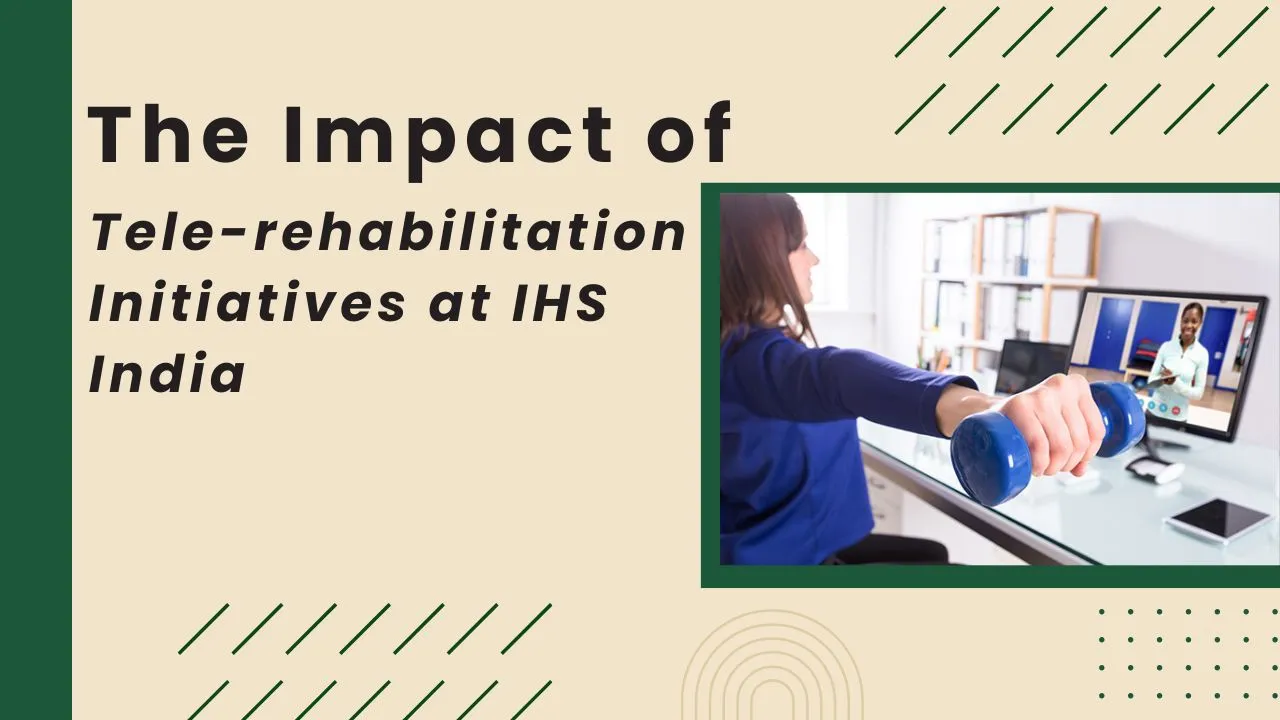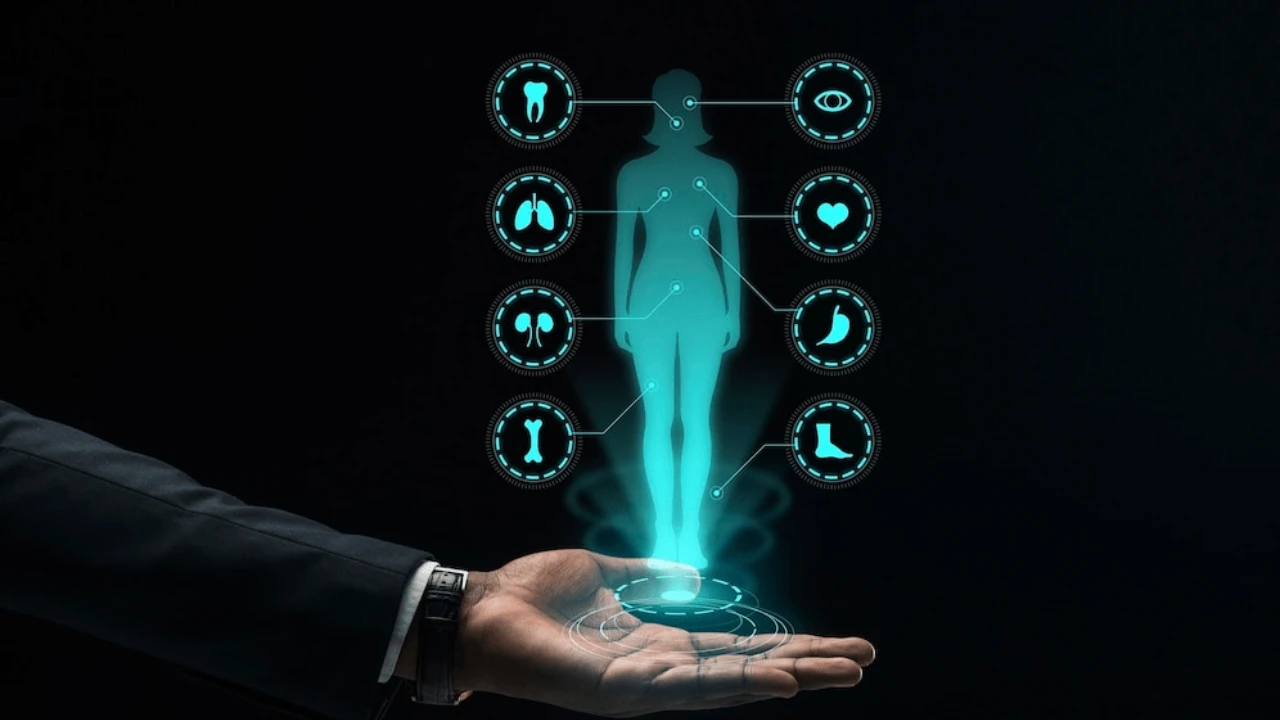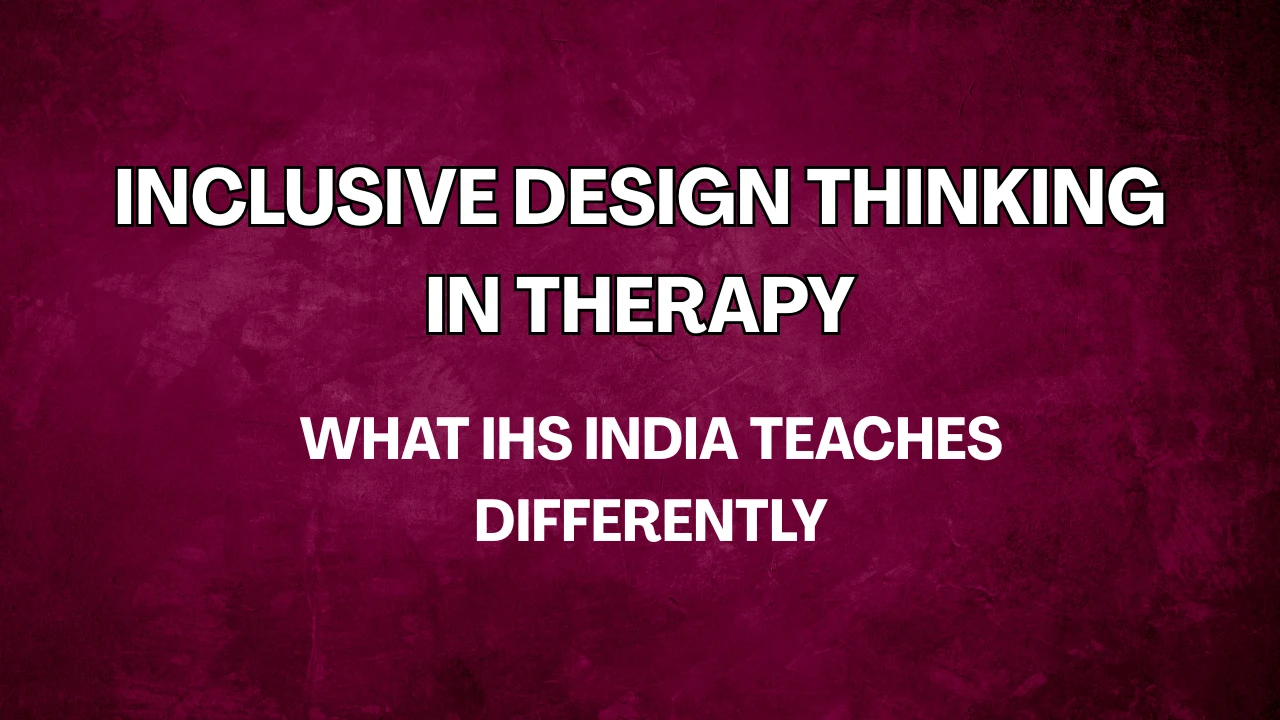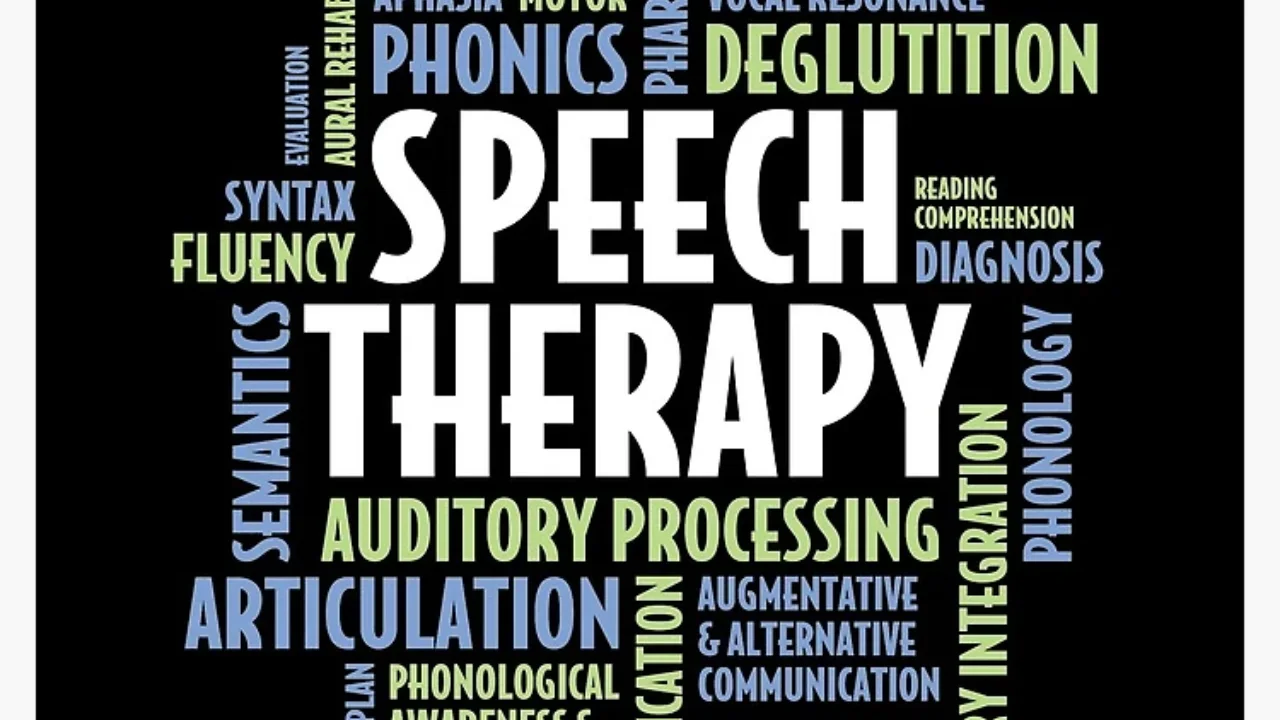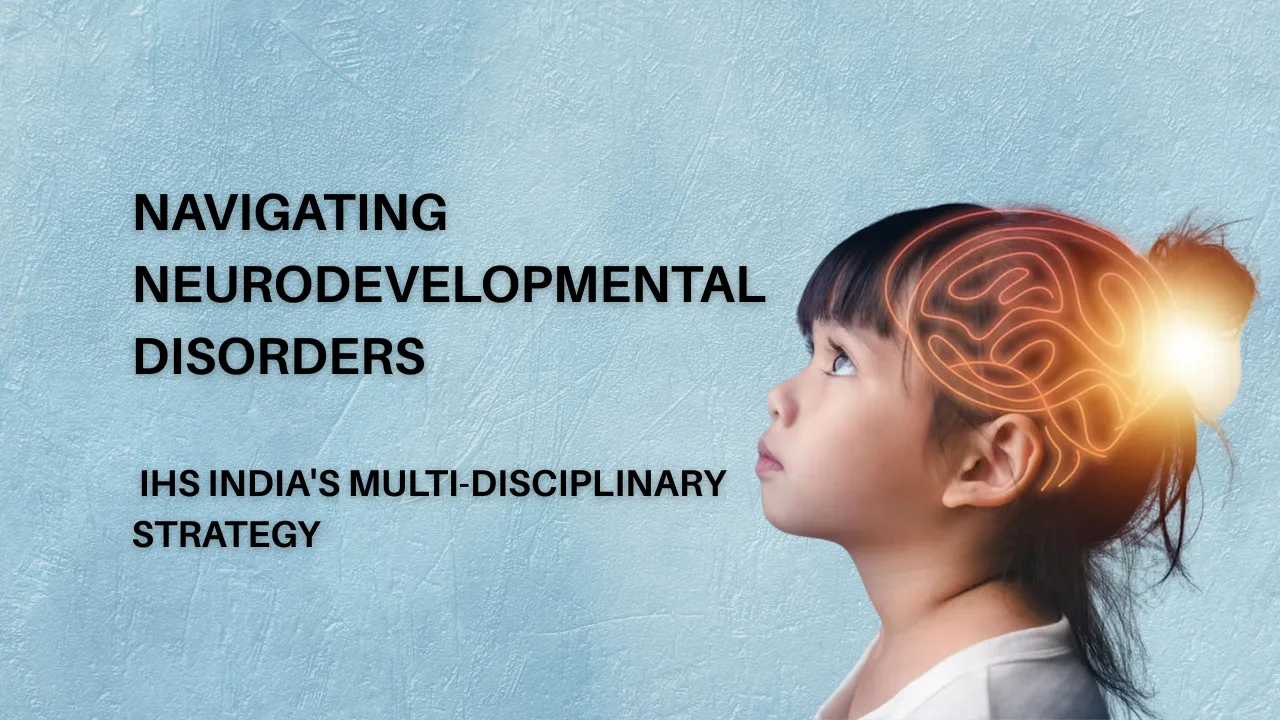Tele-rehabilitation Initiatives at IHS India: Tele-rehabilitation Initiatives at IHS India are helping reshape how essential therapy services are delivered to people living in India’s most rural and underserved regions. These remote solutions are creating new possibilities for patients who previously had little or no access to professional care due to distance, infrastructure limitations, or a shortage of trained specialists. Instead of traveling miles to the nearest clinic, patients are now receiving consistent, expert-guided care right from their homes.
This article takes a closer look at how IHS India is using tele-audiology and tele-physiotherapy to offer life-changing rehabilitation services. We’ll explore how these programs operate, the impact they have had in rural communities, the support systems involved, and the challenges being addressed. By the end, you’ll see why these innovative practices are not just a trend but a real shift in accessible healthcare.
Tele-rehabilitation Initiatives at IHS India
IHS India’s tele-rehabilitation approach combines clinical expertise with smart technology to serve patients who cannot reach urban healthcare centers. By using mobile devices, video conferencing, cloud-based therapy tools, and remote monitoring systems, both tele-audiology and tele-physiotherapy are made available across distant villages. The model supports speech therapy for children, hearing care for the elderly, and post-injury physiotherapy for adults. These efforts are aligned with national health goals and have shown real-world effectiveness in bringing equitable health services to marginalized groups.
Overview of Tele-rehabilitation Services at IHS India
| Feature | Details |
| Service Type | Tele-audiology, Tele-physiotherapy |
| Target Areas | Rural and remote regions in India |
| Primary Beneficiaries | Elderly, children with speech delay, disabled individuals |
| Tools Used | Video calls, mobile health apps, wearable monitoring devices |
| Therapist Role | Conduct live sessions, assess progress, modify treatment plans remotely |
| Major Benefits | Accessibility, affordability, time efficiency |
| Challenges | Internet connectivity, digital literacy, limited device availability |
| Support Systems | NGO partnerships, government schemes, local community health workers |
How Tele-rehabilitation Works at IHS India
At the core of Tele-rehabilitation Initiatives at IHS India is a straightforward yet powerful idea—bridge the distance between the therapist and the patient using digital tools. For tele-audiology, patients undergo remote hearing assessments, speech correction therapy, and auditory rehabilitation using smartphones or tablets. These sessions are scheduled regularly, ensuring continued support and evaluation.
On the physiotherapy side, patients recovering from orthopedic surgeries, strokes, or chronic conditions follow personalized exercise routines from home. Therapists guide them in real-time through exercises, adjusting the treatment plan based on observed performance. Digital progress tracking makes it easier to see recovery trends and make informed clinical decisions.
This approach also empowers caregivers, who are trained to assist patients during sessions, ensuring safety and adherence. Regular check-ins and easy access to therapists build confidence in the process, especially in families unfamiliar with modern healthcare delivery systems.
Focus on Tele-audiology Services
Tele-rehabilitation Initiatives at IHS India have had a measurable impact on the hearing health of rural populations. Tele-audiology is used to diagnose hearing impairments, treat speech delays in children, and provide early intervention therapy to those at risk. With the help of portable audiology kits and simple diagnostic tools, speech and hearing therapists can deliver accurate services even in areas where traditional audiology labs are not available.
Many children in rural regions experience developmental delays due to untreated hearing problems. With tele-audiology, timely diagnosis and therapy reduce long-term educational and social challenges. Additionally, for the elderly—who often struggle to attend city-based clinics—these services offer consistent care without physical strain.
The remote nature of the therapy does not limit its effectiveness. In fact, regular virtual sessions allow therapists to engage more frequently with patients than traditional visits would allow. This frequency helps identify issues faster and enhances therapeutic results.
Impact of Tele-physiotherapy in Rural India
One of the strongest pillars of Tele-rehabilitation Initiatives at IHS India is its use of tele-physiotherapy to support patients with mobility challenges. Individuals recovering from injuries, those with arthritis, neurological conditions, or even post-surgical patients benefit from home-based physical therapy delivered over secure video platforms.
In rural settings, access to professional physiotherapy is often limited due to travel costs and the scarcity of trained therapists. IHS India addresses this by connecting skilled physiotherapists to patients directly, no matter how far-flung their village may be. Patients receive tailored therapy programs, and therapists provide corrections and motivation during live sessions.
Tele-physiotherapy also reduces the dropout rate. Since therapy is more convenient and fits into the patient’s daily routine, they are more likely to complete the full rehabilitation cycle. This improves long-term recovery and reduces dependency on medication or further hospital visits.
Key Benefits for Rural Patients
- Improved Access to Healthcare: Patients can now receive therapy at home, reducing delays in treatment.
- Affordability: Eliminates travel costs and time away from work or school.
- Continuity of Care: Regular sessions improve recovery outcomes and encourage treatment completion.
- Personalized Services: Each therapy plan is tailored based on condition, age, and recovery goals.
- Patient Empowerment: Family members are trained and involved, creating a supportive home environment.
Challenges in Implementation
While Tele-rehabilitation Initiatives at IHS India have created major improvements, a few challenges still need to be overcome. Internet access remains unreliable in some regions, which can affect the quality of virtual sessions. Additionally, not all patients own smartphones or know how to use therapy apps.
Digital literacy among elderly patients and low-income families is another concern. Although community health workers help bridge this gap, consistent technical support is still necessary. IHS India is addressing these issues through digital education workshops, distributing low-cost devices, and expanding mobile data support through NGO partners.
Moreover, building trust in digital therapy takes time. Some patients and families are initially hesitant to accept remote treatment as legitimate or effective. Continued awareness campaigns and patient success stories are helping shift this mindset.
Training and Support for Healthcare Workers
To support its digital model, IHS India invests heavily in training healthcare workers, therapists, and local community leaders. They are taught to use telehealth platforms, troubleshoot connectivity issues, and ensure patient safety during home-based sessions. This hands-on approach builds a strong local network that supports remote operations.
Training modules also include how to collect health data, document therapy progress, and report back to central teams. This feedback loop ensures that therapy quality is maintained while still allowing the system to scale to new areas.
Importantly, these trained individuals often act as the first point of contact for new patients, guiding them through onboarding and acting as liaisons between the clinic and home.
Real-Life Success Stories
In one remote village in Gujarat, a stroke patient who had been bedridden for weeks began walking again within four months of starting tele-physiotherapy. A local health worker helped her join weekly virtual sessions, and her family learned how to assist her with exercises daily.
In Madhya Pradesh, a young boy with severe speech delay made remarkable progress through regular tele-audiology sessions. His school attendance improved, and he became more socially active, all because therapy came to his home when his family couldn’t take him to the city.
Stories like these highlight how Tele-rehabilitation Initiatives at IHS India are not only delivering therapy—they’re delivering hope.
Government and NGO Support
IHS India works in collaboration with national health programs and NGOs to ensure funding, device availability, and awareness campaigns. These partnerships play a key role in training local staff and expanding services into harder-to-reach locations.
Support from government-backed digital health policies also makes it easier to implement standardized care protocols and secure patient data. Together, these partnerships amplify the reach and reliability of tele-rehabilitation.
FAQs
What is tele-rehabilitation and how does it work?
It is therapy provided remotely using video calls, apps, and digital tools. Patients follow guided sessions from home.
Who are the main beneficiaries of IHS India’s tele-rehabilitation programs?
Children with speech delays, elderly with hearing loss, and patients needing physical therapy.
What tools are used for tele-rehabilitation?
Smartphones, video conferencing, mobile health apps, and remote monitoring devices.
Is remote therapy as effective as in-person sessions?
Yes, when delivered consistently and supported by trained professionals, remote therapy can be equally effective.
What support is available for patients unfamiliar with technology?
Community health workers help patients use devices and guide them through therapy sessions.
Conclusion
Tele-rehabilitation Initiatives at IHS India are not just a technological advancement—they are a lifeline for many rural families. By combining skilled care with smart delivery, IHS India is proving that quality rehabilitation doesn’t require a hospital visit. These programs have restored speech, movement, and confidence in places where traditional healthcare never reached.
If you believe access to health services should be equal for all, share this article and help spread the word. And while you’re here, feel free to explore more content about health, wellness, and personal growth.
